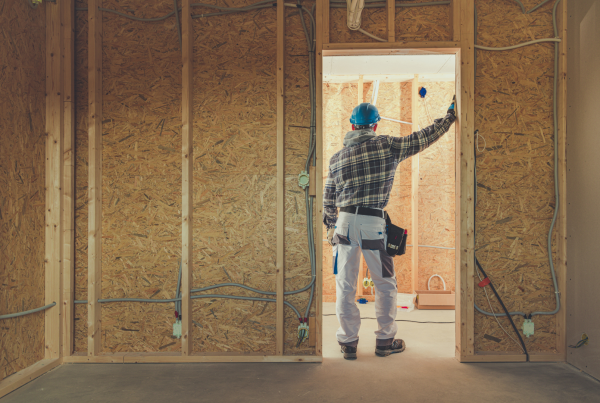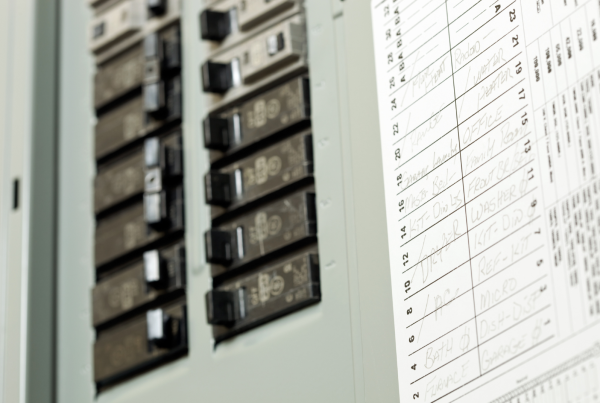Hail is becoming a bigger issue for industries and commercial spaces all around the globe. This is a huge issue particularly for commercial solar panels, as the glass on the panels is getting thinner to improve efficiency.
Despite being tested rigorously against damage by hail or debris, when a solid block of snow comes traveling at up to 50 mph, hail damage to commercial solar panels is still a possibility. This becomes an insurance issue as the concerns about what is covered and what isn’t covered become more and more contested and important.
So let’s take a moment to go over some steps that commercial facilities can take to reduce damage to solar assets from hail or debris, as recommended by electrical contractors.
Steps To Reduce Hail Damage Loss
Insurers and module manufacturers may not always come to the rescue if your commercial solar panels get damaged from solar panels (despite testing), so it is best that you do what you can to reduce the risk of damage in the first place. A few protective considerations include:
Location & Historical Weather
Although there isn’t much risk of hail in the state, electrical contractors in Utah should still consider conducting a qualitative analysis of the weather conditions that the solar panel system will be exposed to and act accordingly.
FM Global maps or government climate sources can be checked to determine whether the area gets hail storms or not, and from what direction.
It is important to note that this isn’t a full-proof test since hailstorms are being experienced in places where no one would ever think of looking for rain, let alone hail.
Before Making The Purchase, Test for Severe Hail Conditions
If you are buying in large quantities, you can ask your manufacturer to test your module for severe hail conditions, especially where the hail includes larger ice balls. You don’t have to worry about this yourself – you can also ask the electrical contractor responsible for installing the system.
Skyline Electric helps you ensure that only the best solar panel system is installed for you. We do this by asking the manufacturer to test the system and draft the results to be verified. Since this is new territory for the industry, we help you analyze the results and understand what you should get covered by insurance as well.
Consider a Single-Axis Tracker
These trackers analyze weather systems and move to a more vertical position when needed to minimize hail impact energy. You can also go for hail-resistant modules, but they may cost more. These usually have tempered glass, stronger frames, support bars, and novel cell-to-cell interconnection.
If you would like us to analyze the weather conditions for your commercial solar panel system or need electrical contractors to help you make informed decisions about hail storms, get in touch with us. Skyline Electric has years of experience installing solar panels, and will be glad to help you find the solution you need!




